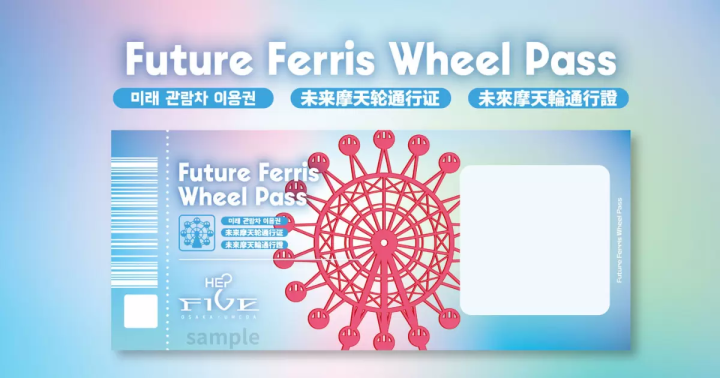Meiji Jingu Shrine: A Tokyo Landmark Full of History and Nature

Meiji Jingu Shrine, one of Tokyo's prominent shrines, is located near Harajuku Station. Learn the history and origins of Meiji Jingu, the accomplishments of Emperor Meiji, and popular spots within the shrine grounds.
Meiji Jingu Shrine in Tokyo
Meiji Jingu is a Shinto shrine located near Harajuku Station in Shibuya, Tokyo. A popular destination for hatsumode (the New Year shrine visit), Meiji Jingu is said to provide various benefits, such as matchmaking and prosperity in business.
This article details the history of Meiji Jingu, highlights the shrine grounds, and provides access information.
The History of Meiji Jingu, Where Emperor Meiji Is Enshrined
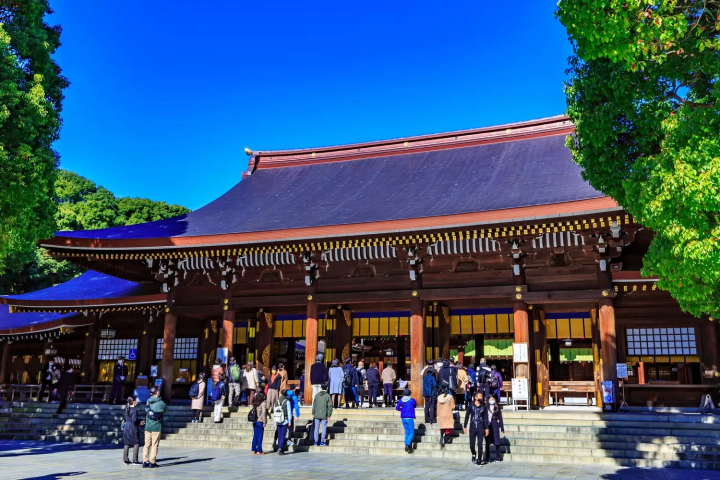
Photo by Pixta
Meiji Jingu was established on November 1, 1920. The shrine is where Emperor Meiji and Empress Shoken who governed Japan during the modernization years of the Meiji era (1868-1912) are enshrined as deities. Meiji Jingu was built out of the people's desire to eternally honor and revere their majesties.
The expansive grounds feature a man-made forest that reflects Emperor Meiji's love of nature. It is a special place where one can experience lush nature despite being in the bustling city center.
Emperor Meiji, the enshrined deity, was a significant figure involved in the establishment of the Constitution of the Empire of Japan and the formation of the Imperial Diet.
He is also known for promoting industrial policies that contributed to the development of domestic industries. In education, he issued the education system law that established a modern educational framework, greatly improving the educational standards of the nation.
Additionally, he is recognized for modernizing the military and working on the revision of unequal treaties with Western countries. Through these reforms, Emperor Meiji transformed Japan from a feudal society into a modern state.
Meiji Jingu Shrine
Address: 1-1 Yoyogi Kamizono-cho, Shibuya-ku, Tokyo
Opening Hours: Opens and closes according to sunrise and sunset times, which vary by month
Official Website: https://www.meijijingu.or.jp/en/
Places to Visit Within Meiji Jingu
Here are some must-see spots to visit at Meiji Jingu.
A Must-See! The Largest Wooden Torii Gate in Japan
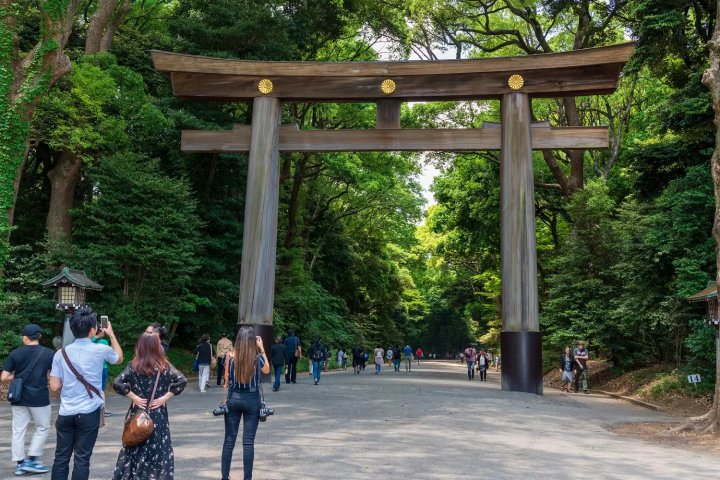
Photo by Pixta
Within the grounds of Meiji Jingu, there are eight torii gates. Notably, the large torii gate located at the southern approach of the Harajuku entrance is particularly remarkable.
The first torii gate at the entrance of the approach was rebuilt in 2022. It measures 11 meters in height, with a width of 8.2 meters between the pillars, a pillar diameter of 1.06 meters, and a length of 15.6 meters for the kasagi (the top beam), giving it a striking presence.
While proceeding along the approach, you will encounter an even larger second torii gate, which boasts the largest wooden Myojin-style torii gate in Japan. It stands 12 meters tall, with a pillar width of 9.1 meters, a pillar diameter of 1.2 meters, and a kasagi measuring 17 meters in length. This creates an architectural grandeur that overwhelms you each time you see it.
Torii gates are important symbols that represent the boundary between the realm of the gods and the secular world where humans live. Therefore, it is customary to quietly compose oneself and lightly bow when passing through a torii gate.
The Eternal Forest

Photo by Pixta
Meiji Jingu is a spot where you can enjoy nature even in the heart of the city. The artificial forest known as "Eternal Forest" ("Eien-no-Mori") within the shrine grounds has restricted access to promote natural selection and regeneration. This forest is home to around 3,000 species of organisms, forming a rich ecosystem.
The Eternal Forest was planned primarily by forestry experts such as Seiroku Honda, Takanori Hongo, and Keiji Uehara. Approximately 100,000 trees were donated from across the country, and around 110,000 young volunteers participated in the planting activities.
With an aim for sustainable forest formation looking 100 years ahead, coniferous trees like pines and broadleaf trees such as camphor, oak, and chinquapin are being planted in stages.
The Main Shrine of Meiji Jingu
The main shrine of Meiji Jingu, which was largely destroyed during air raids in wartime, was rebuilt in 1958. It is characterized by a roof that spreads out towards the edges and has a slightly curved shape.
Close to the main shrine, there are two camphor trees known as the "Married Couple Camphors." These two trees stand side by side, resembling a harmonious couple.
They are associated with the strong bond between Emperor Meiji and Empress Shoken, which is believed to bring blessings for matchmaking.
Visiting the main shrine is free of charge.
Famous Power Spot: Meiji Jingu Garden
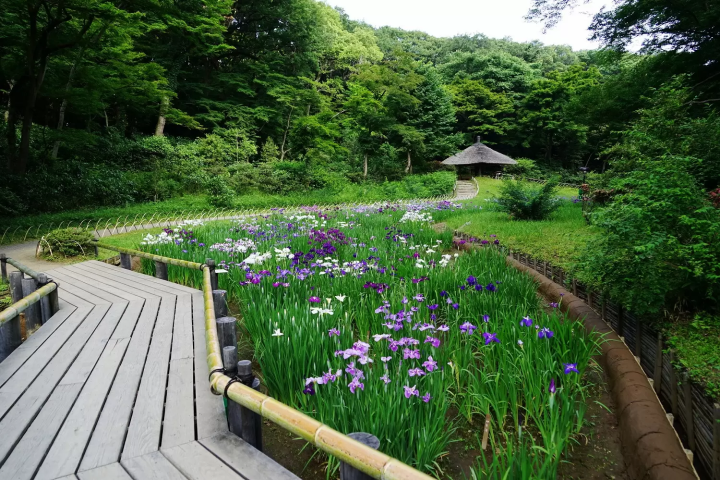
Photo by Pixta
Within the grounds of Meiji Jingu, there is the Meiji Jingu Garden, known for its South Pond and Iris Garden. Originally, it was a garden created by the Kato clan in the early Edo period (1603-1868), and later became the garden of the Ii family's detached residence.
After the Meiji Restoration in 1868, it came under the jurisdiction of the Imperial Household Agency and was developed into a walking garden by Emperor Meiji. One of the reasons Meiji Jingu was established here was due to the existence of this garden.
The Kiyomasa Well (Kiyomasano Ido) located within the garden is renowned as one of the finest natural springs in the city. It is also a famous power spot. Many people visit this location with various wishes, including purification and financial luck.
The garden's opening hours are as follows:
- in June, it is open from 8:00 AM to 5:00 PM (until 6:00 PM on weekends);
- from March to October, it is open from 9:00 AM to 4:30 PM;
- from November to February, it is open from 9:00 AM to 4:00 PM.
The admission fee (Garden Maintenance Donation) is 500 yen.
Check Out the Meiji Jingu Museum
The Meiji Jingu Museum is a valuable space where you can experience history, culture, and nature. Designed by architect Kengo Kuma, it opened in 2019. You can enjoy various exhibits related to Meiji Jingu, including a treasure exhibition room and a special exhibition room.
Among the notable displays are valuable items such as the desk and carriage used by Emperor Meiji. The main lobby on the first floor allows visitors to feel the tranquility of the surrounding woods. The second-floor lobby offers a relaxing view of the approach to Meiji Jingu, making it a popular spot for tourists.
Meiji Jingu Museum
Address: 1-1 Yoyogi Kamizono-cho, Shibuya-ku, Tokyo
Opening Hours: 10:00 AM–4:30 PM *Last admission is 30 minutes before closing time
Closed: Thursdays (open on national holidays), during exhibition change periods
Official Website: https://www.meijijingu.or.jp/museum/ (Japanese)
Meiji Jingu Shrine Through the Seasons
Below are some recommendations for enjoying Meiji Jingu throughout the different seasons.
January: Japan's Most Popular Hatsumode Spot
In Japan, it is customary to visit shrines and temples at the start of the year for hatsumode (the first shrine or temple visit of the year). This annual tradition expresses gratitude and prayers for safety in the coming year.
Meiji Jingu boasts the highest number of visitors for hatsumode in Japan. It offers various traditional Japanese items for sale, such as lucky charms, ema (votive plates), and bells.
The omikuji (fortune slips) at Meiji Jingu are referred to as "Omigokoro," which feature traditional poems associated with the enshrined deities rather than simply fortunes. The back of the slips also contains English translations, making them enjoyable for international visitors.
April-May: Spring Grand Festival
The Spring Grand Festival is one of the festivals at Meiji Jingu and takes place from late April to early May during the pleasant spring weather.
During the festival period, visitors can enjoy traditional Japanese performing arts such as bugaku (traditional court music and dance), Noh, kyogen (comic plays), and kyudo (Japanese archery competitions). It is a great experience for those interested in Japanese culture.
May-June: Iris in Full Bloom
Emperor Meiji composed a poem that expresses his deep love for nature and the garden: "Utsusemi no Yoyogi no sato wa shizukani te miyako no hoka no kochikoso sure."
This poem reflects the tranquility and beauty of the Yoyogi area, illustrating how much the Emperor cherished nature and the garden.
The irises (shobu) that Emperor Meiji had planted for Empress Shoken are in full bloom from late May to late June. The sight of approximately 150 varieties and 1,500 plants blooming simultaneously is one of the highlights of the garden.
November: Autumn Grand Festival
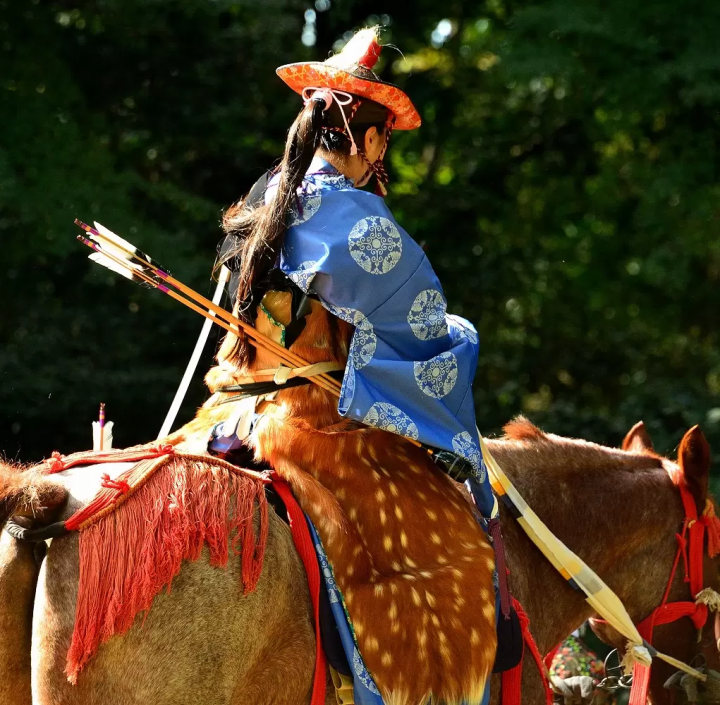
Photo by Pixta
At Meiji Jingu Shrine, the Autumn Grand Festival is held from late October to November 3rd.
November 3rd is the birthday of Emperor Meiji and is now celebrated as Culture Day, a national holiday in Japan. The most important ritual at Meiji Jingu, known as the "Chokushi Sanko," is conducted every year on November 3rd.
Just like the Spring Grand Festival, the Autumn Grand Festival features numerous celebratory events. The pleasant climate during November, which falls within Japan's autumn season, makes it an excellent time for tourism.
Access Information for Meiji Jingu Shrine
Meiji Jingu is conveniently located near Harajuku Station. Although there is a parking lot within the grounds, it may be difficult to access due to congestion. Therefore, we recommended using the train when visiting.
The nearest stations are approximately a minute's walk from Harajuku: Meiji-jingumae Station Station (Tokyo Metro), about 3 minutes from Sangubashi Station (Odakyu Electric Railway), approximately 5 minutes from Yoyogi Station (JR), and about 5 minutes from Kita-sando Station (Tokyo Metro).
However, keep in mind that Meiji Jingu Shrine has a very large compound. It can take about 10 minutes on foot from each approach entrance to reach the main shrine. There are also bicycle and motorcycle parking areas at each entrance.
Experience Japan's History and Nature at Meiji Jingu
Meiji Jingu is a shrine dedicated to Emperor Meiji, who played a significant role in Japan's modernization. You can experience rich nature, including forests and iris gardens, all within the city center.
With events occurring year-round, be sure to visit and experience this unique location!
Hotels near Meiji Shrine
Read also
Written by Cakutama editorial team
Main image by Pixta
This is the official account of MATCHA's editorial department. Our articles feature useful travel information for visitors to Japan, from how-to guides to recommended places to visit.






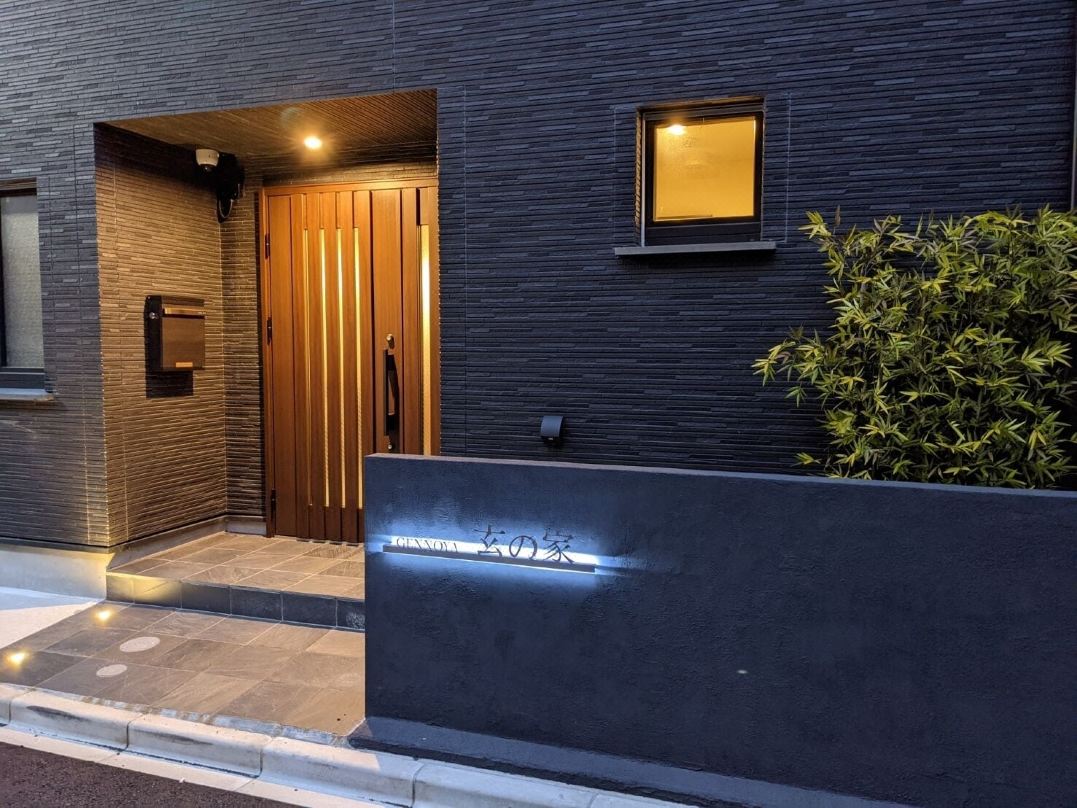
























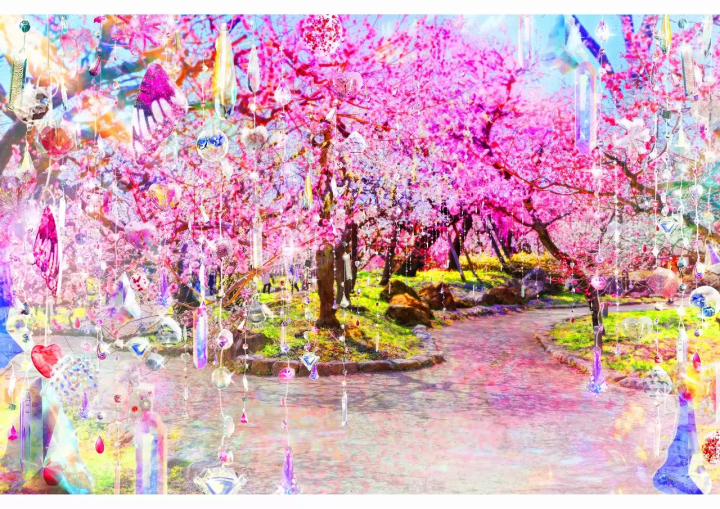
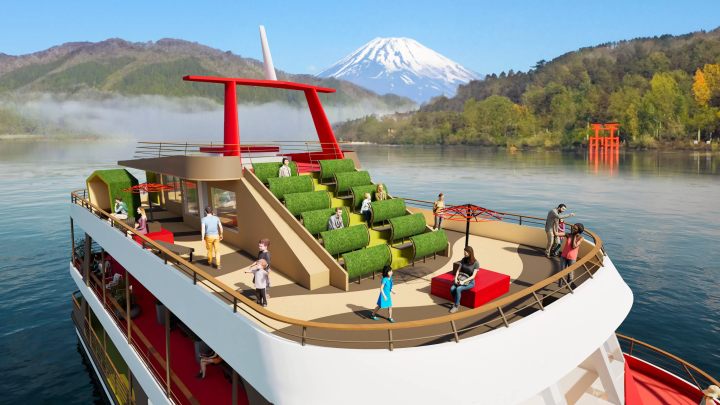

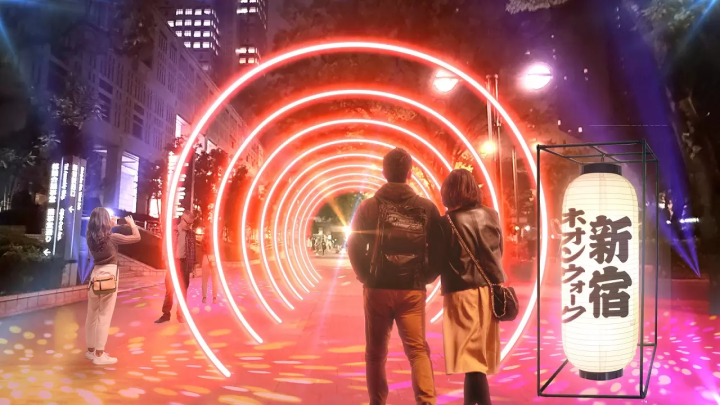





![[2026] Top 5 Strawberry Picking Spots in Tokushima, Naruto| Farms and Access Guide for January to May](https://resources.matcha-jp.com/resize/720x2000/2025/03/06-227165.webp)



